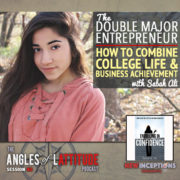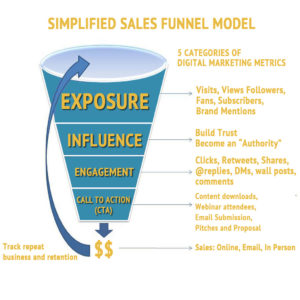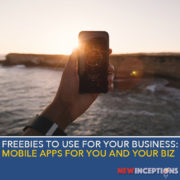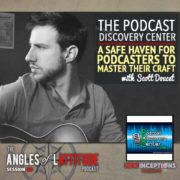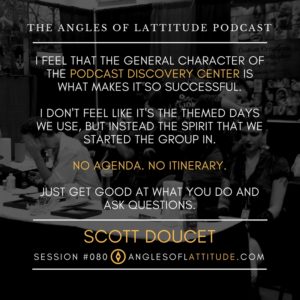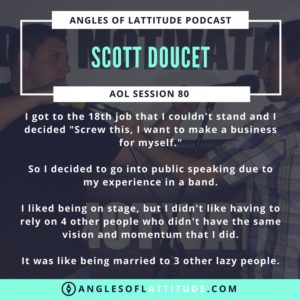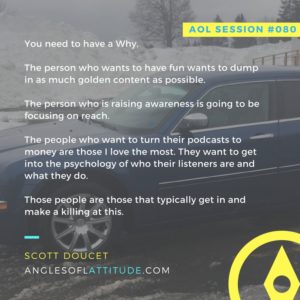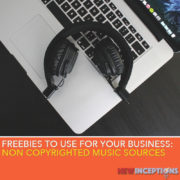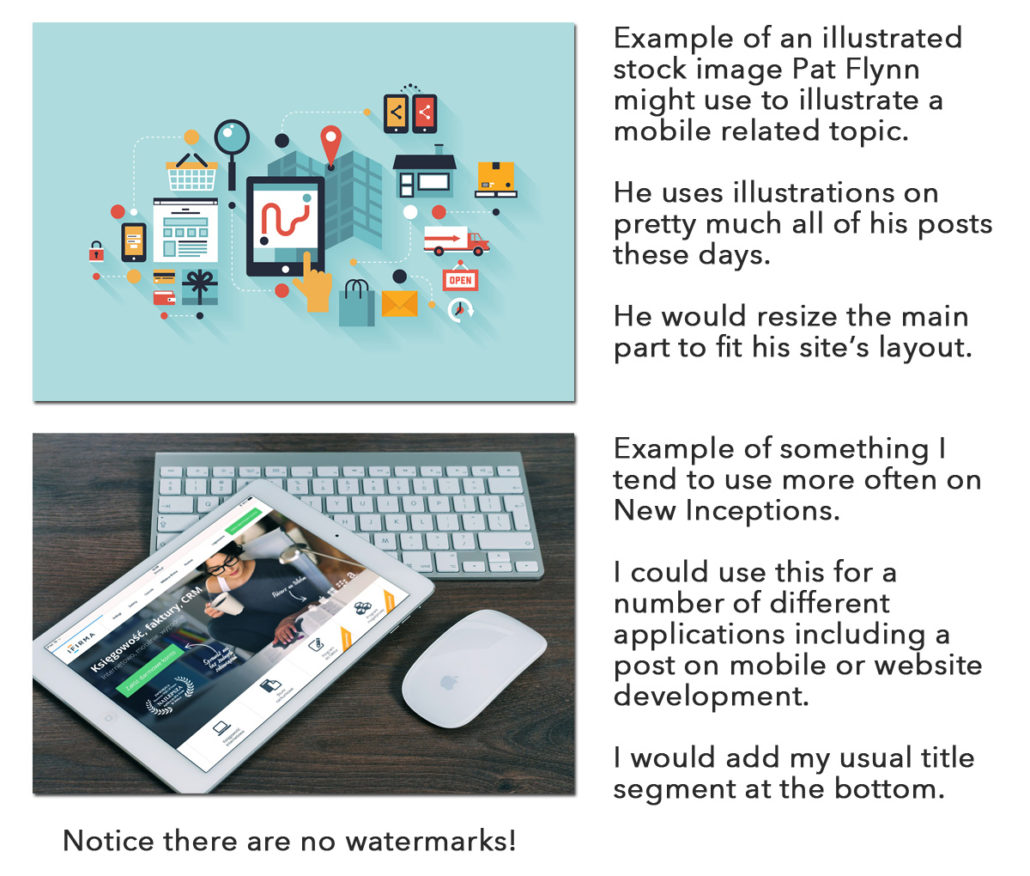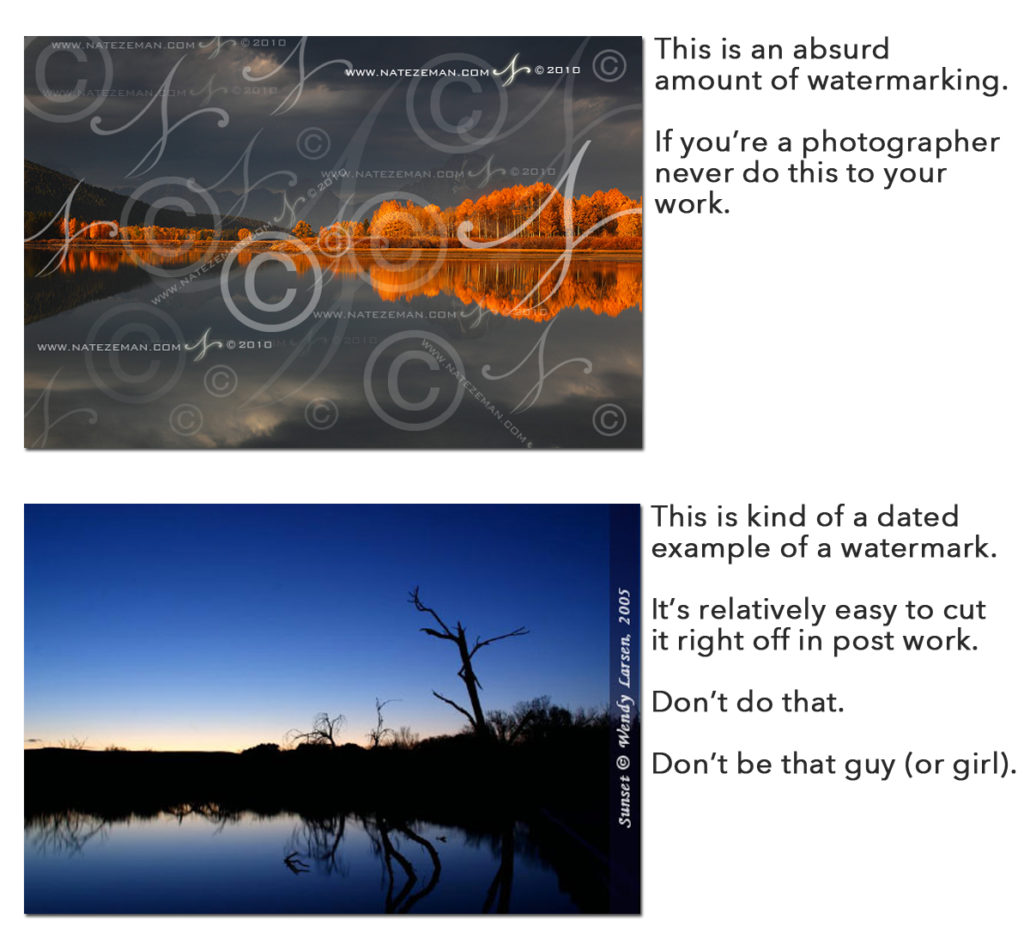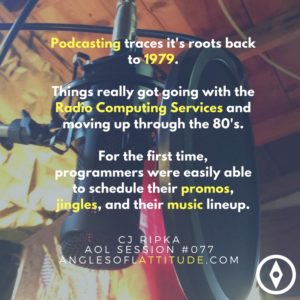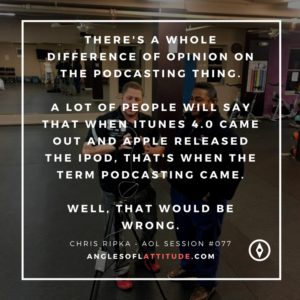Sabah Ali: The Double Major Entrepreneur – How to Combine College Life and Business Achievement (AoL 083)
College can mean different experiences to different people.
For me, I lived two lives. One, when I was an undergrad, where I was studying all the time and worrying about why I sucked so bad at taking tests and feeling like I had to plagiarize just to pass my classes. I never felt comfortable in my own skin, let alone think about doing anything extracurricular.
And then, in grad school, things changed dramatically. I was suddenly forced into the front of the class – 6 times a week – and found myself in all kinds of clubs.
This had a profound effect on my perspective of life and I finally started emerging from my shell.
But that was just my take on college.
Some people go into college knowing precisely what they want to do. They also have a mission to do as well. Laila’s story was like that as we’ve come to learn. So is today’s guest, Sabah Ali.
Sabah is simply crushing her college career. Not only is she double majoring (yeah, that’s hard enough right there!) but she’s finding time to do a ton of extracurriculars. Writing and publishing a bestselling book. Starting a podcast. And even going to various conferences with mentors and various connections.
In this session’s chat, we find out more about this path of hers. Where the inspiration for the book and podcast came from, and how she’s successfully balancing everything.
As always, thanks for listening, and enjoy the show!
SPECIFICALLY, YOU’LL FIND OUT MORE ABOUT:
- What was Sabah’s life before he got started as an entrepreneur? 10:24
- What inspired her to get into fashion? 11:57
- Why did she double major in fashion and business? 14:16
- What inspired her at an early age to want to start a fashion business? 17:05
- What is Sabah currently working on (as of this interview)? 23:19
- How has her background knowledge of achieving goals helped her create her book? 29:07
- Why did she write a book in one are when she’s wanting to build a business in fashion? 35:05
- What’s the story behind the event that Sabah is putting on at Iowa State? 39:28
- If she could change the world anyway she could, what would she help other people go? 42:19
- What can people expect from Sabah and Dan’s podcast? 44:53
- How do they position the podcast? 47:09
- 3 Influencers that have helped Sabah get to where she is today 51:16
- What’s the hardest thing that she’s had to say no to? 51:49
- Something she used to believe in as a 18 year old and doesn’t now? 52:14
- If she woke up as her 10 year old self and all of her memories were still intact, what would she do? 52:47
- What’s the secret to achieving personal freedom? 53:20
- … and MUCH more!
Right click here and save-as to download this episode to your computer.
ITEMS and PEOPLE MENTIONED IN THIS EPISODE:
- Sabah Online: Website, Facebook, Instagram, Podcast
- Iowa State Fashion Design
- Laura Petersen AoL Interview
- Brandon T. Adams
- Entrepreneur Event at Iowa State University
- Outwitting the Devil by Napoleon Hill (Amazon Link)
- Co-Hosts for this Show: Laila Rahmatian and Daniel Postma
- Fizzle.co – Get 5 Weeks Free Today!
SHOW NOTE EXTRAS:
Hector Santiesteban interview:
Hanging Out while a new Spring Semester gets Started:
Thanks from Sabah:
Dorm Rooms to Conference Rooms – Pivoting in Your Life:

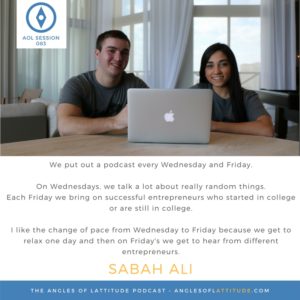

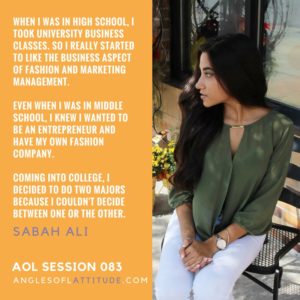
Thanks for Listening!
Thanks so much for joining us again this week. Have some feedback you’d like to share? Leave a note in the comment section below!
If you enjoyed this episode, please share it using the social media buttons you see at the top of the post.
Also, please leave an honest review for The AoL Podcast on iTunes! Ratings and reviews are extremely helpful and greatly appreciated! They do matter in the rankings of the show, and we read each and every one of them.
If you have any questions feel free to email them over via the email mentioned in the show or by our contact form.
And finally, don’t forget to subscribe to the show on iTunes, Stitcher, Soundcloud, and/or Google Play Music. It’s absolutely free to do so.
A huge thank-you to you guys for joining us!
Cheers!

